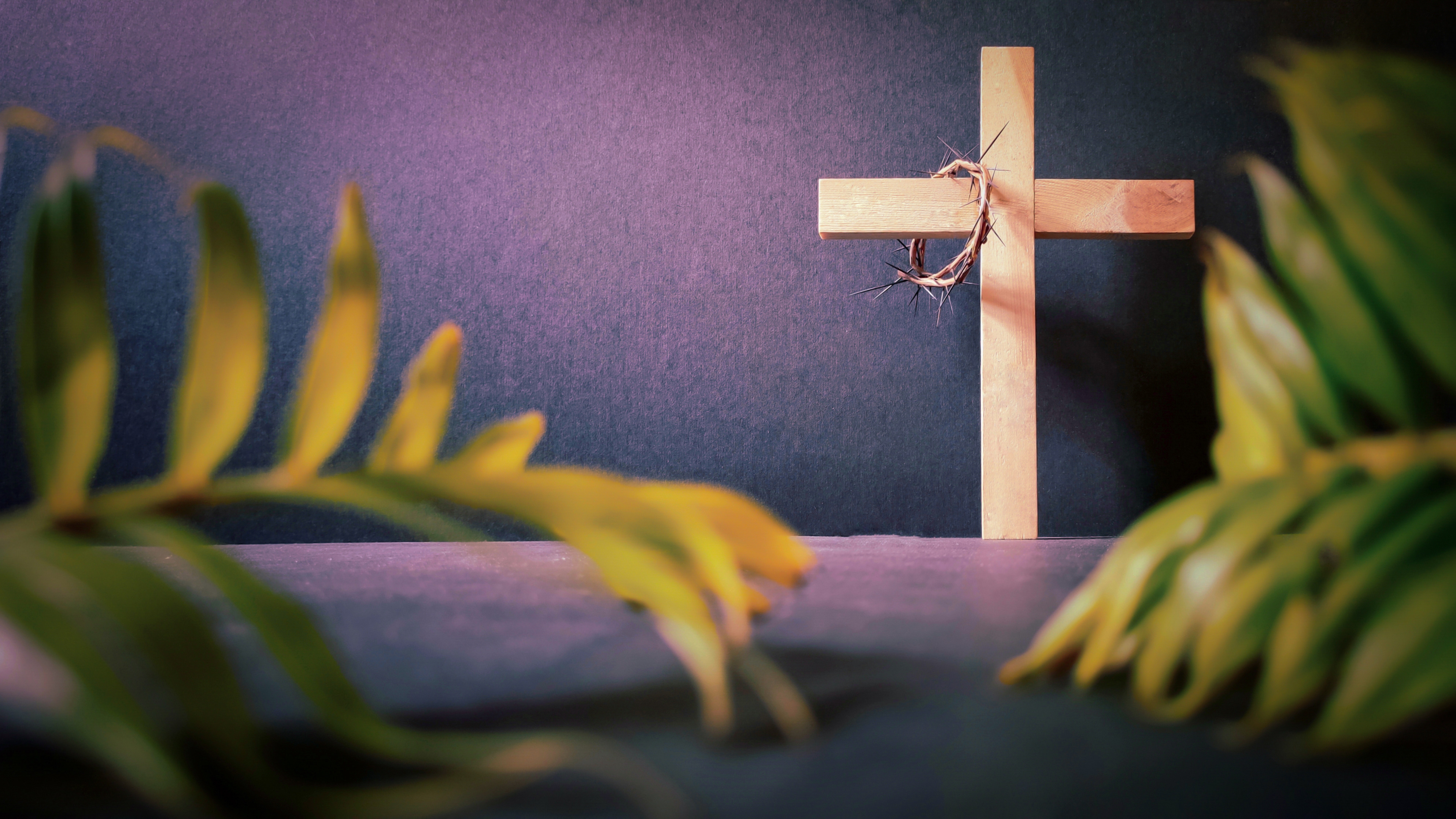
Holy Week
During Holy Week, Christians recall the events leading up to Jesus’ death by crucifixion and, according to their faith, his Resurrection. The week includes five days of special significance.
The first is Palm Sunday, which commemorates Jesus’ humble entry (on a donkey) into Jerusalem to observe Passover. According to the Gospel account, he was greeted by crowds of people who spread their cloaks and laid palm leaves in his path and proclaimed him the Son of David (Matthew 21:5). In many Christian churches, Palm Sunday is celebrated with a blessing and procession of palms.
Maundy Thursday marks Jesus’ institution at the Last Supper of the Eucharist, thereafter a central element of Christian worship. In Roman Catholicism, Maundy Thursday is accompanied by the pope’s washing of the feet of 12 humble or poor persons, in imitation of Jesus’ washing of the feet of his 12 disciples at the Last Supper.
Good Friday commemorates Jesus’ suffering and death on the cross; it is traditionally a day of sorrow, penance, and fasting.
Holy Saturday, also called Easter Vigil, is the traditional end of Lent.
Easter Sunday is the celebration of Jesus’ Resurrection, according to the Gospels, on the third day after his crucifixion. The modern observance of Easter, like that of Christmas, has become associated with various folk traditions that have little connection with the religious celebration; they include the Easter lamb, the Easter rabbit, and the painting of Easter eggs.
Source: Britannica










